Like the complicated middle child, Uluru is often a little misunderstood. So here's some helpful myth-busting facts to set the story straight.
It's Just a rock, So What?
Most definitely not just a rock. Uluru is the spiritual heart of Australia and it's beat can be felt from the moment you arrive. On a visit to Uluru you'll discover more than just a world heritage listed site, you'll uncover a connection with the land that dates back thousands of years. Local Anangu culture is one of the world's oldest and is still practiced today. At the Resort, there's ample opportunity to better understand this connection to the land through a range of free Indigenous guest activities as well as dedicated tours.
The only way to experience it is to climb it
Unlike the Eiffel Tower or the Statue of Liberty where the only way is up, Uluru offers a broader range of experiences beyond just climbing. In fact, many would argue that in addition to being more respectful of the local Anangu people, these 'other' experiences are more rewarding and diverse. Think heli's, Segway's, biking (motor and push), as well as walking as just some of the ways to circumnavigate this wonder. And wonder you will at the incredible natural beauty, from uncovering secret caves, majestic waterholes, ancient rock art, cultural stories and unique flora and fauna. Then, as an added bonus there are numerous sunrise and sunset viewing platforms scattered around Ayers Rock Resort and the National Park, incredible dining experiences, the critically acclaimed Field of Light installation, astronomy programs and tours, free guest activities that delve deeper into local culture, seasonal events and plenty of family friendly activities within the Resort complex. All in all, no shortage of things to do and ways to experience Uluru.
Discover all of Uluru's experiences.
It never ends
Whilst it doesn't rain often, it does rain. Uluru received on average 308mm a year, creating a lush green oasis at its base. Seeing Uluru in the rain is incredible! Those few lucky people who get to see water cascading down this ancient monolith are in for a treat. Your best chance to catch this rare phenomenon is during the months of November to February.


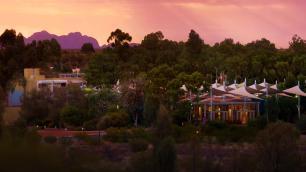









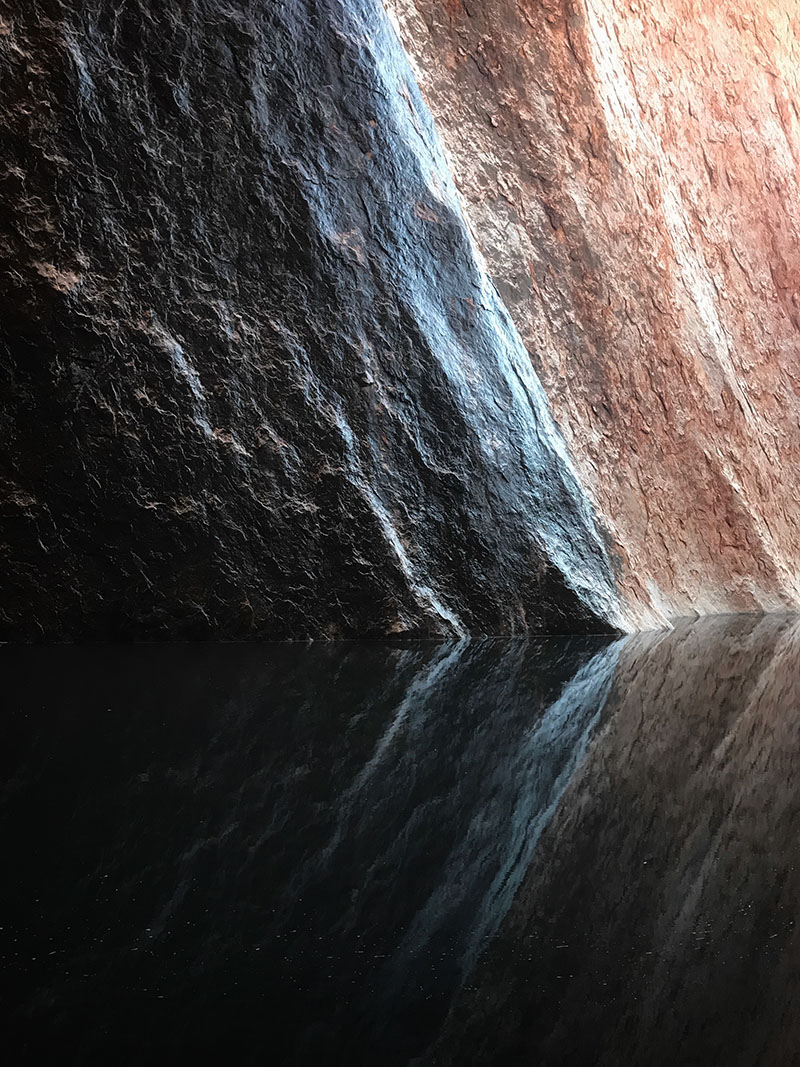
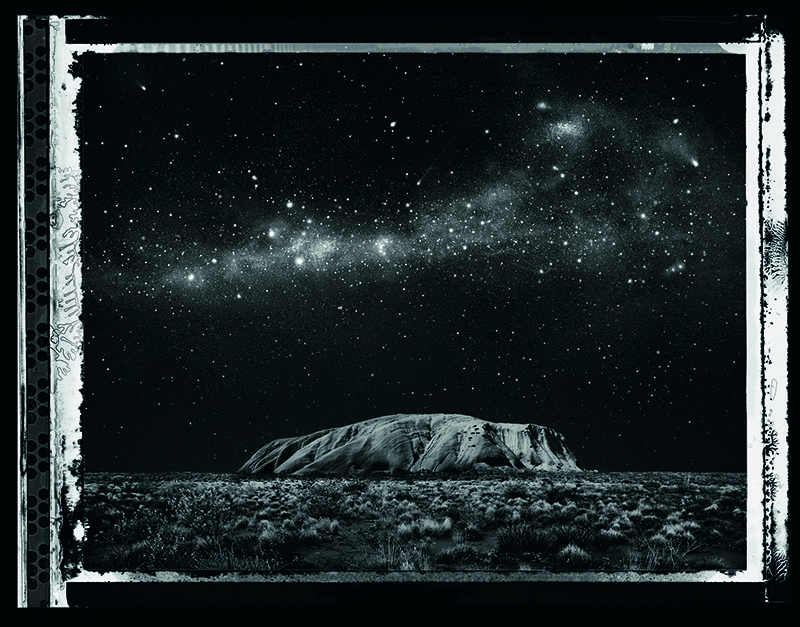

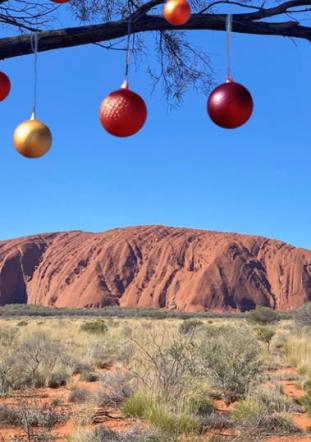
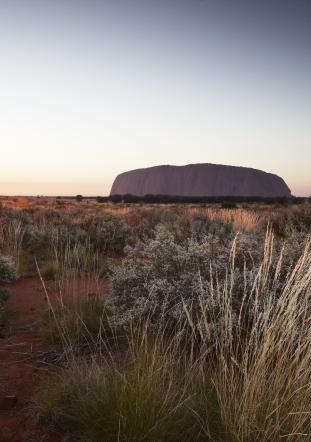

3ce9.jpg?h=11d3b4fa&itok=PoK3MdZ9)

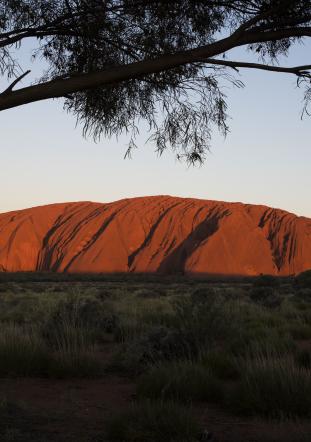
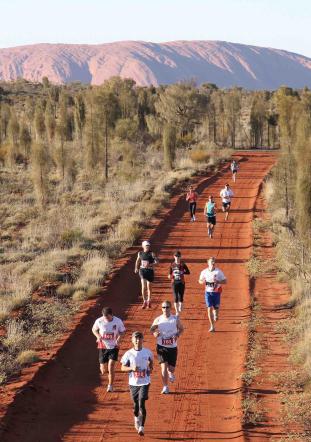


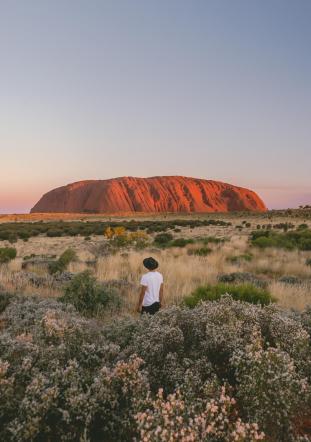
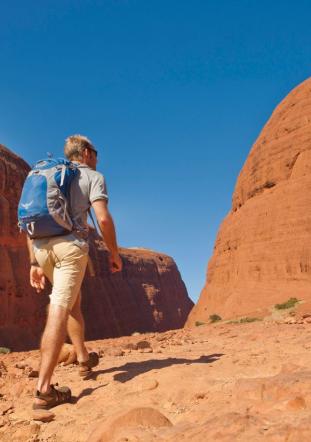
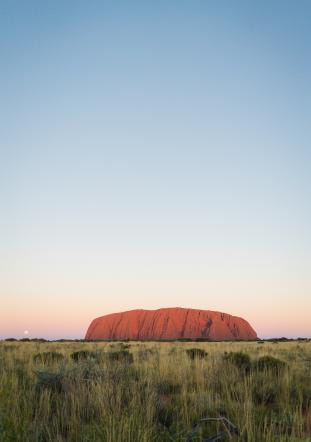
%201_0bb3e.jpg?h=d982f568&itok=RtIQsc6y)

